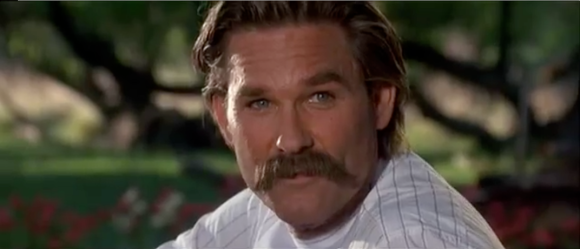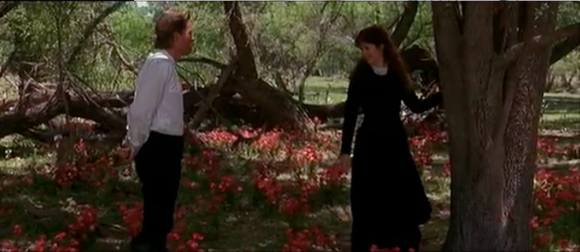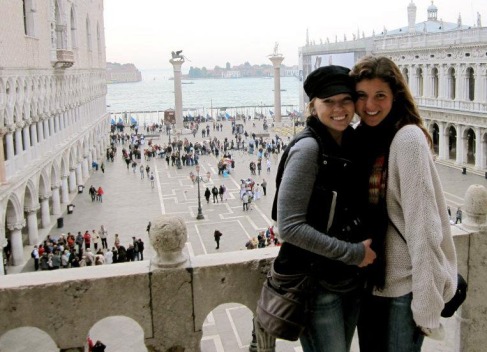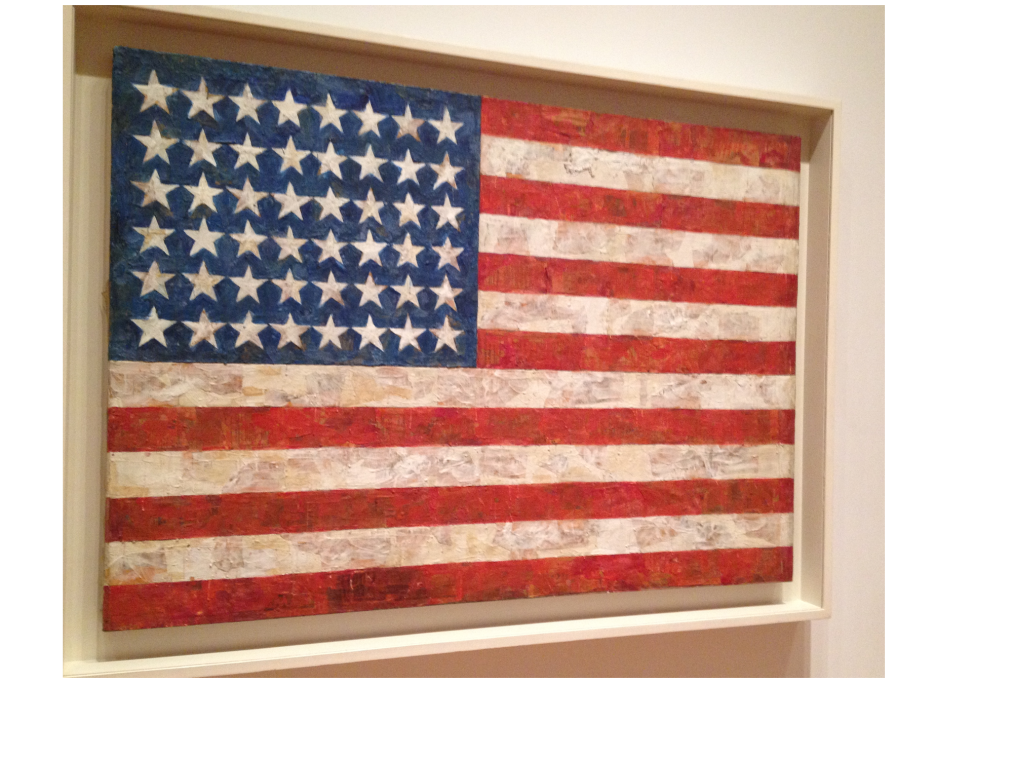Assignment 10: Rewrite an Assignment

This photo was taken in Saint Mark’s Square in Venice, Italy during the fall of 2011. We were standing next to the bronze replicas of the four Greek Horses located in Saint Mark’s Museum, just inside the basilica. There are several composition concepts displayed in this image to help direct the viewer’s eye. Unity, value, emphasis, and balance are some concepts used to analyze this photograph.
Unity suggests that elements of a composition appear to belong together or relate to each other. In other words, two individual objects appear as one. Several examples of unity exist in the composition: Ashlynn and I are seen as one single unit instead of two people, the circles of static tourists standing below us form a unit, and the line of gondolas floating in the water appear to be a single unit of multiple similar objects.
Contrast in value helps with depth perception because areas of greater contrast appear to advance in the foreground, while areas of lesser contrast appear to recede into the background. It is very easy to establish a foreground and background in this photograph because of the contrast in value. Ashlynn and I have a much higher contrast in the foreground, while the water and buildings in the distance hardly have any contrast at all.
Emphasis is used in a composition to direct the viewer’s eye toward the focal point. More specifically, emphasis through perspective is used to direct the eye toward the group of buildings in the distance that represent the focal point of this photograph. There is also emphasis through recognition because human characters naturally attract the viewer’s eye in order to understand the composition. The face and eyes of a human character can help the viewer make sense of what is going on because they are recognizable objects that carry meaning.
Points of emphasis carry visual weight and contribute to the balance of an image. This image successfully represents asymmetrical balance, which can occur across both the horizontal and vertical axes. More specifically, it shows balance by line direction because the edges of surrounding buildings turn the focus from the heavier side, represented by Ashlynn and I, to the lighter side represented by open water and a clear sky.
Composition concepts play a big role when analyzing a photograph. In this case, unity, value, emphasis, and balance contribute to the overall composition and help evaluate the effectiveness of the image.








